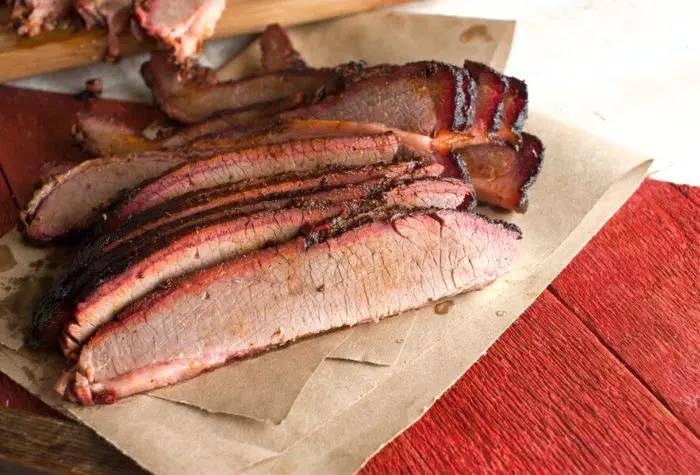Smoked brisket is a delicious and popular dish, but sometimes it can turn out tough and chewy instead of tender and juicy. If you've experienced this problem, don't worry! There are several techniques you can use to salvage your tough smoked brisket and turn it into a mouthwatering masterpiece.
Understanding the Problem
Before we dive into the solutions, let's first understand why smoked brisket can end up tough. Brisket is a tough cut of meat that comes from the lower chest of the cow. It has a lot of connective tissue and fat, which require long, slow cooking to break down and become tender. However, if the brisket is not cooked properly, it can result in a tough texture.
Resting and Slicing
One of the first steps to fixing tough smoked brisket is to let it rest after cooking. This allows the juices to redistribute and the meat to relax, making it easier to slice. Wrap the brisket tightly in foil and let it rest for at least 30 minutes before slicing.
When slicing the brisket, make sure to cut against the grain. This helps to shorten the muscle fibers and makes the meat more tender. Look for the direction of the muscle fibers and slice perpendicular to them.
Moisture and Tenderizing
If your smoked brisket is still tough after resting and slicing, you can try adding moisture and tenderizing it further. One method is to wrap the sliced brisket in foil along with some beef broth or barbecue sauce. This helps to infuse moisture and flavor into the meat while it continues to cook. Place the wrapped brisket back on the smoker or in a low-temperature oven (around 275°F) for an additional 1-2 hours.
Another option is to use a meat tenderizer. You can either use a marinade with enzymes that break down the connective tissue or use a handheld meat tenderizer to physically break up the tough fibers. Be careful not to over-tenderize the meat, as it can become mushy.
Braising
If all else fails, you can try braising your tough smoked brisket. Braising involves cooking the meat in a liquid at a low temperature for an extended period. This method helps to break down the tough fibers and infuse the brisket with flavor. You can use beef broth, beer, or a combination of both as the braising liquid.
Place the sliced brisket in a deep baking dish or Dutch oven, pour in enough liquid to cover the meat, and cover with a lid or foil. Cook the brisket in a preheated oven at around 325°F for 2-3 hours or until it becomes tender. Check on the brisket occasionally and add more liquid if needed.
Q: How can I prevent my smoked brisket from becoming tough?
A: To prevent tough brisket, make sure to cook it low and slow. Maintain a consistent temperature throughout the cooking process and use a meat thermometer to ensure it reaches the desired internal temperature.
Q: Can I use a slow cooker to fix tough smoked brisket?
A: Yes, you can transfer the sliced brisket and braising liquid to a slow cooker and cook on low for 4-6 hours or until the meat becomes tender.

Q: Can I use a dry rub or marinade to enhance the flavor of my smoked brisket?
A: Absolutely! Applying a dry rub or marinade before smoking can add flavor to your brisket. Just make sure not to over-season, as it can overpower the natural flavors of the meat.
In Conclusion
Tough smoked brisket can be disappointing, but with the right techniques, you can salvage it and transform it into a tender and delicious dish. Remember to let the brisket rest, slice against the grain, add moisture and tenderize if necessary, or braise it for a longer period. By following these tips, you'll be able to fix tough smoked brisket and impress your guests with a mouthwatering meal.
If you want to know other articles similar to Fixing tough smoked brisket: tips for tender and juicy meat you can visit the Smoked brisket category.


Related Articles